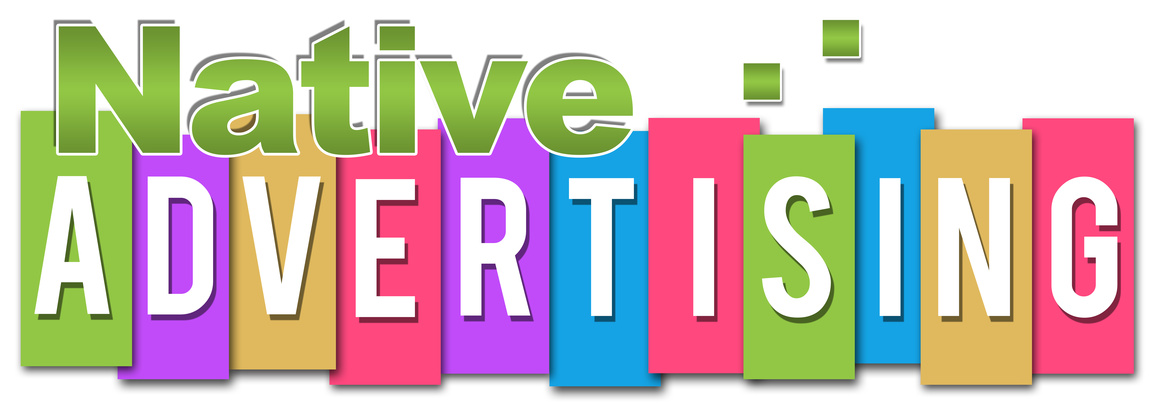Native Advertising for Small Business: The Missing Link?
A cohesive, successful search marketing campaign is contingent on its content marketing strategy. Content is still king, after all, and its reign doesn’t seem to be ending anytime soon.
A cohesive, successful search marketing campaign is contingent on its content marketing strategy. Content is still king, after all, and its reign doesn’t seem to be ending anytime soon.
Ninety-four percent of small businesses use content marketing in some way, shape, or form, but have a hard time getting the results they want. Since a successful search marketing campaign is often contingent on its content marketing, it’s important to develop a good strategy.
Native advertising is the missing link in a small business’s content marketing plan that can make it succeed. By using promoted posts on Twitter and Facebook or content discovery platforms like Outbrain and Taboola, small businesses can increase the reach and the value of their content marketing. Native advertising blurs the lines between organic content and advertising, providing more commercial value to traditional content.
“The majority of marketers find producing content that engages buyers to be a major challenge,” said Steve Liguori, chair of the Business Marketing Association. “And that’s for good reason.”
Actually, it’s for a few good reasons:
Basically, Main Street businesses have faith that if they just put something out there on the Web, visitors and rankings will come. Unfortunately, content marketing doesn’t need faith — it needs a plan.

In the most basic definition, native advertising is paid content presented in the same format as all other content on the page. Several variations of this strategy have emerged, such as promoted posts and content discovery widgets.
Promoted social media posts are one type of native advertising that can give content marketing strategies a competitive edge. According to a July 2014 study by BIA/Kelsey, only 20 percent of small businesses are using promoted posts. Since native advertising is new, the few small businesses using it have a competitive advantage.
As its name implies, promoted posts is a paid service option on social media platforms like Facebook and Twitter that promotes your content. An unpromoted post will — at best — reach a tiny percentage of a brand’s followers. If a Main Street business has 1,000 followers, then its content marketing will only reach about 100 people. Promoted posts amplifies this reach, so that content will get in front of as many followers as possible.
Those few small businesses that are using promoted posts are seeing them work, too. By using Facebook Promoted Posts, Meredith Manor, a West Virginia equestrian vocational college, was able to reach four times as many people and garner three-and-a-half times more engagement as compared to an unpromoted post. Bone Suckin’ Sauce had an 83 percent increase in online sales as a direct result of having used Facebook’s Promoted Posts.
Content discovery tools, like Outbrain and Taboola, are another type of native advertising. After users click on an article or go to a page, content discovery widgets will put pieces of related content in front of them in an effort to provide these users will more useful information, while also drawing more traffic to its clients’ sites.
The two biggest content discovery tools are Outbrain and Taboola. Outbrain makes 180 billion content recommendations to 550 million Internet users, while Taboola reaches 400 million unique visitors, recommending 1.5 billion pieces of content to them.
Content discovery tools engage audiences better, amplify content’s exposure, and build more Web traffic all just by suggesting, “Hey, if you liked or were searching for this article, you might also like these pieces.”
Businesses on the Main Street of Small Town, USA, are taking the right steps, but lack a direction. In order for their content marketing strategies to succeed, they need to do more native advertising with promoted posts, and content discovery.
It’s also important to note that a cohesive, successful search marketing campaign is contingent on its content marketing strategy. Content is still king, after all, and its reign doesn’t seem to be ending anytime soon. Combining a quality content marketing strategy with native advertising equals a larger reach and improved engagement. This in turn increases a site’s domain authority, which then makes the entire search marketing campaign all the more successful.
Who would have thought that there was so much to be gained just by offering users a couple of suggestions?